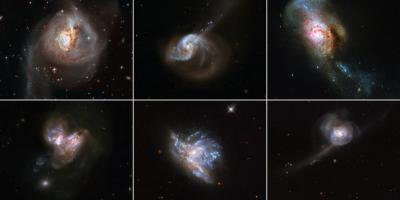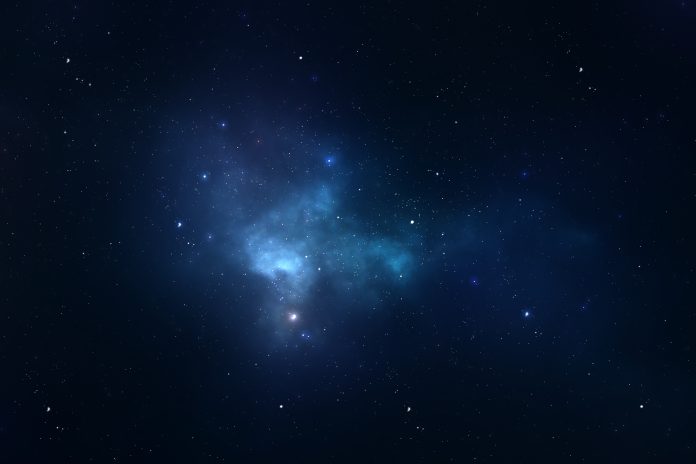Hubble released images of six galaxies in a nod to the spirit of the New Year, which make up part of their star formation exploration
To celebrate the coming of 2021, Hubble released some previously unseen images of six galaxies combining.
The Milky Way typically forms star clusters with masses that are 10 thousand times the mass of our Sun. This doesn’t compare to the masses of the star clusters forming in colliding galaxies, which can reach millions of times the mass of our Sun.
These dense stellar systems are also very luminous. Even after the collision, when the resulting galactic system begins to fade into a more quiescent phase, these very massive star clusters will shine throughout their host galaxy, as long-lasting witnesses of past merging events.
The astronomical value of celestial light
Another interesting recent discovery was the age of the universe, which is currently estimated to be around 13.77 billion years. Astronomers have worked to create new insight into how old this universe is. These researchers used a mix of data from several telescopes in Chile to understand how quickly the universe has expanded, by tracking how old the last surviving light is. In the Atacama Desert, 330 nights of the year are clear. It may be therapeutic to think about the fact that humanity has survived several infectious diseases, and the physical universe survived all known pain and loss on Earth.
Each of the merging systems were studied as part of the recent HiPEEC survey to investigate the rate of new star formation. These interactions are a key aspect of galaxy evolution and are among the most spectacular events in the lifetime of a galaxy.

The rate of new star formation is changing
By studying the six galaxy mergers shown here, the Hubble imaging Probe of Extreme Environments and Clusters (HiPEEC) survey has investigated how star clusters are affected during collisions by the rapid changes that drastically increase the rate at which new stars are formed in these galaxies.
Hubble’s capabilities have made it possible to resolve large star-forming “knots” into numerous compact young star clusters. Hubble’s ultraviolet and near-infrared observations of these systems have been used to derive star cluster ages, masses, and extinctions and to analyse the star formation rate within these six merging galaxies. The HiPEEC study reveals that the star cluster populations undergo large and rapid variations in their properties, with the most massive clusters formed towards the end of the merger phase.











